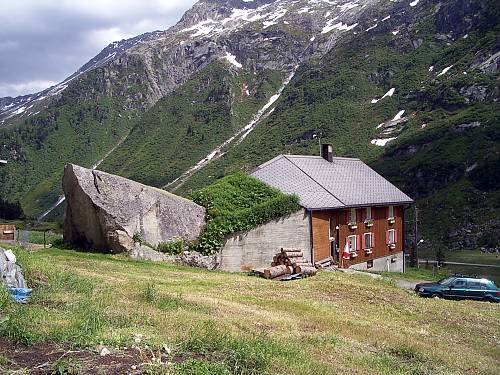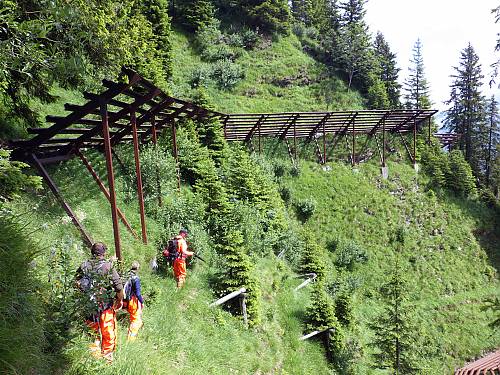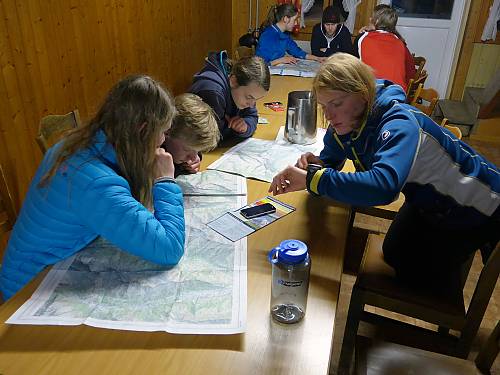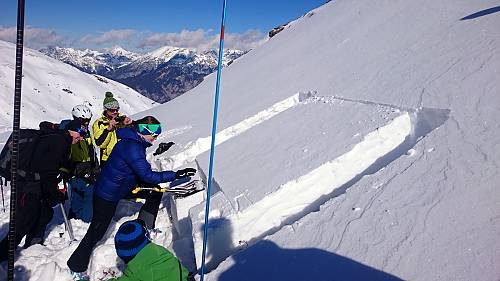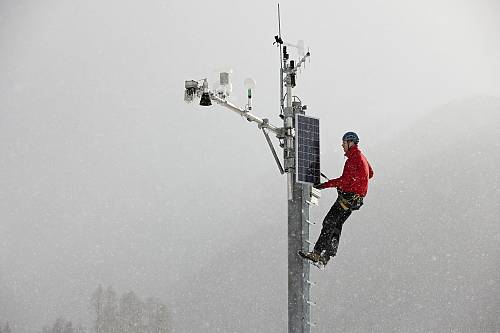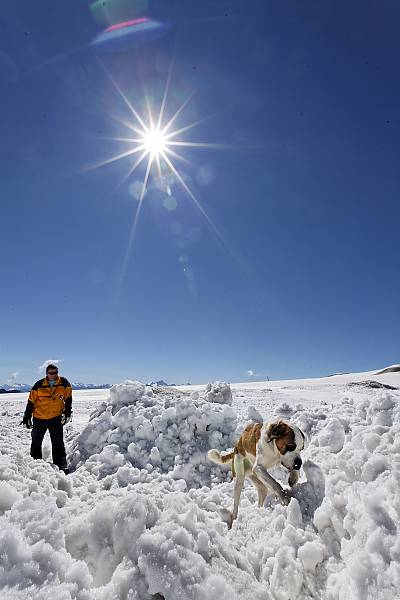Avalanche risk management
Inscribed in 2018 (13.COM) on the Representative List of the Intangible Cultural Heritage of Humanity

Avalanche risk management has shaped the identity of Alpine populations, as every winter they deal with the threat avalanches pose to inhabitants, tourists, means of communication and other vital infrastructure. Since the Alps are densely populated, the phenomenon of avalanches is a prime concern and a collective responsibility of the communities. For centuries, inhabitants and highlanders have developed local empirical knowledge, management and risk-avoidance strategies as well as cultural practices to guard themselves against avalanche hazards. Nowadays, modern tools such as measurement instruments and risk mapping complement traditional knowledge, which continues to be developed and adjusted on the ground by knowledge bearers. The element is entrenched in the everyday culture of the communities concerned and underscores the importance of solidarity in crisis situations. Assessing avalanche risks requires a sound knowledge of nature, especially the terrain, snow, weather conditions and past avalanches. While that knowledge was once transmitted verbally, nowadays it is the result of a dynamic process combining empirical knowledge and practical experience: knowledge is transferred from science to practice, and from the ground to research. Numerous training activities are offered, and those interested have access to a wide range of information sources such as avalanche bulletins, the media, checklists, websites, media, manuals and exhibitions.


